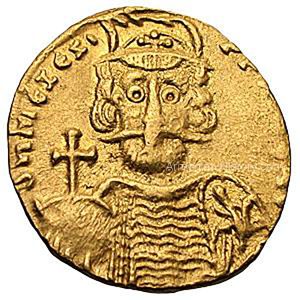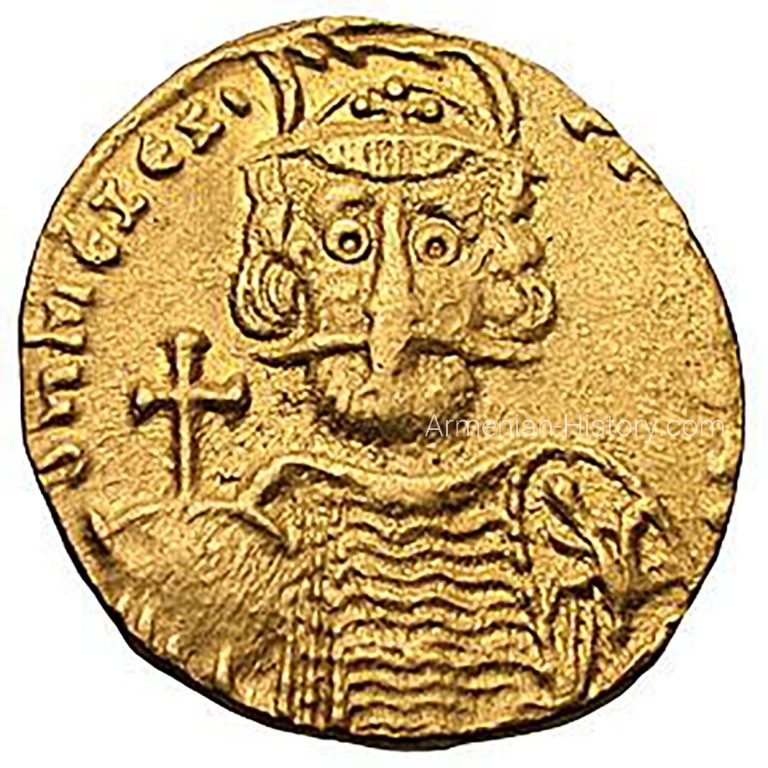Mizizios, known in Armenian as Մժէժ, was a notable figure of Armenian descent who briefly held the Byzantine throne in Sicily between 668 and 669 AD. A member of the Armenian nobility, Mizizios first rose to prominence as a general in the Byzantine military. His striking appearance and military acumen, as well as his daring attempt to seize power, have been chronicled by Byzantine historians, who often described him as “exceedingly handsome and beautiful.”
Background and Rise to Power
Mizizios emerged during a time of significant political instability in the Byzantine Empire. Following the assassination of Emperor Constans II in 668 AD, a power vacuum ensued, particularly in the western regions of the empire. Constans had been residing in Sicily at the time of his death, and it was in this context that Mizizios seized the opportunity to declare himself emperor.
Supported by local factions in Sicily and possibly encouraged by disaffected segments of the Byzantine military stationed there, Mizizios managed to briefly assume control over the region. However, his rebellion was short-lived. Byzantine loyalists swiftly moved against him, and his rule was brought to an end by 669 AD.

The Rebellion and Downfall
Despite his brief reign, Mizizios’ insurrection remains a notable event in Byzantine history, particularly given his Armenian origins and the strategic importance of Sicily during this period. The details of his rebellion suggest that he enjoyed at least some local support, though it was not enough to withstand the organized forces sent from Constantinople to suppress the uprising. Mizizios was eventually defeated and executed, marking the end of his brief but bold attempt to claim the imperial throne.

Mizizios and His Legacy
While Mizizios’ time as a usurper was brief, his story is a fascinating glimpse into the complex political dynamics of the Byzantine Empire, particularly its relations with prominent Armenian figures. Armenians had long served in the Byzantine military and political elite, and Mizizios’ rise is part of a broader history of Armenian influence within the empire.
Although his rebellion failed, the episode highlights the volatility of the Byzantine Empire in the 7th century, a time marked by internal strife and external threats. Mizizios’ attempt to seize power, despite its brevity, left a mark on Byzantine history as one of the many challenges to imperial authority during this period.
Mizizios’ story is one of ambition, charisma, and the complexities of the Byzantine political landscape. While his rebellion was quickly suppressed, his Armenian heritage and bold move for power have secured his place in the annals of Byzantine history.

